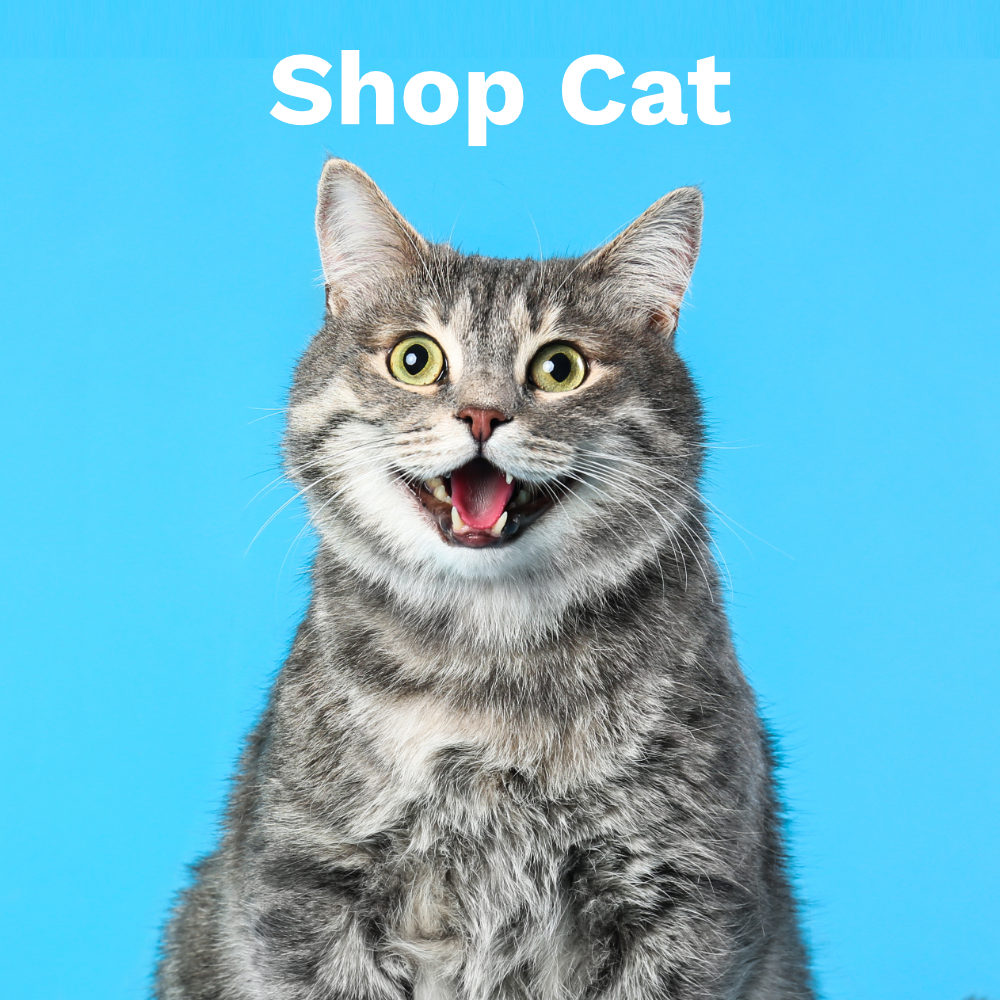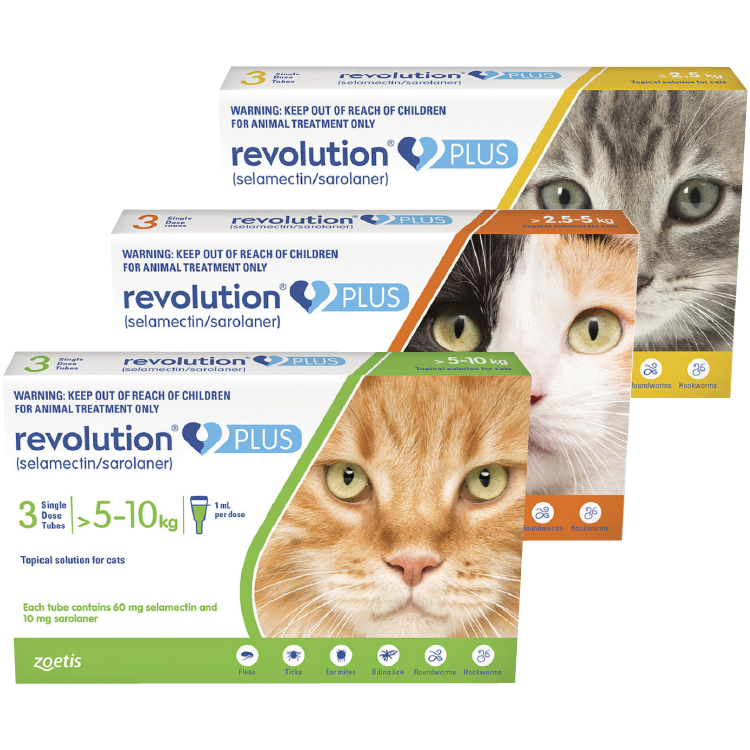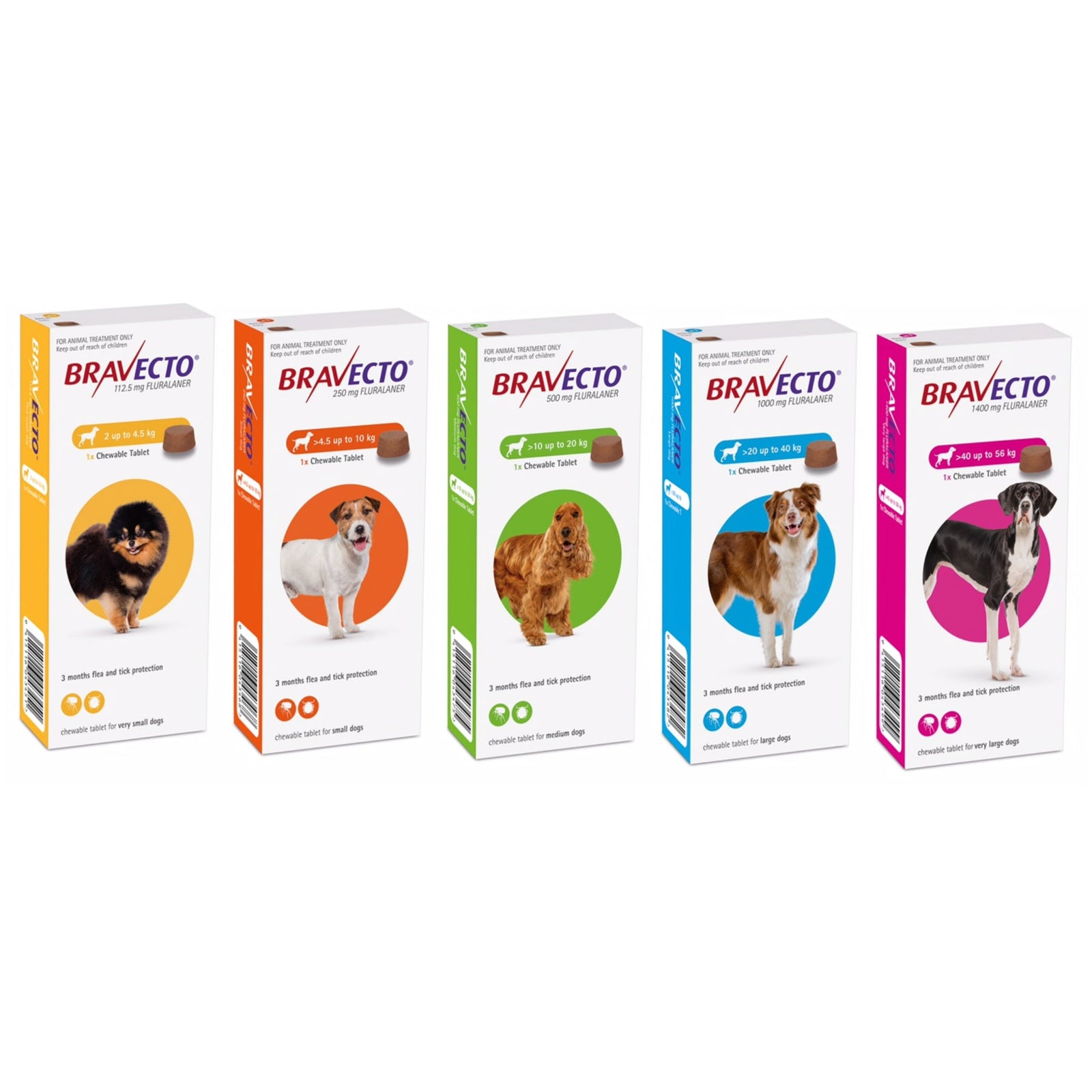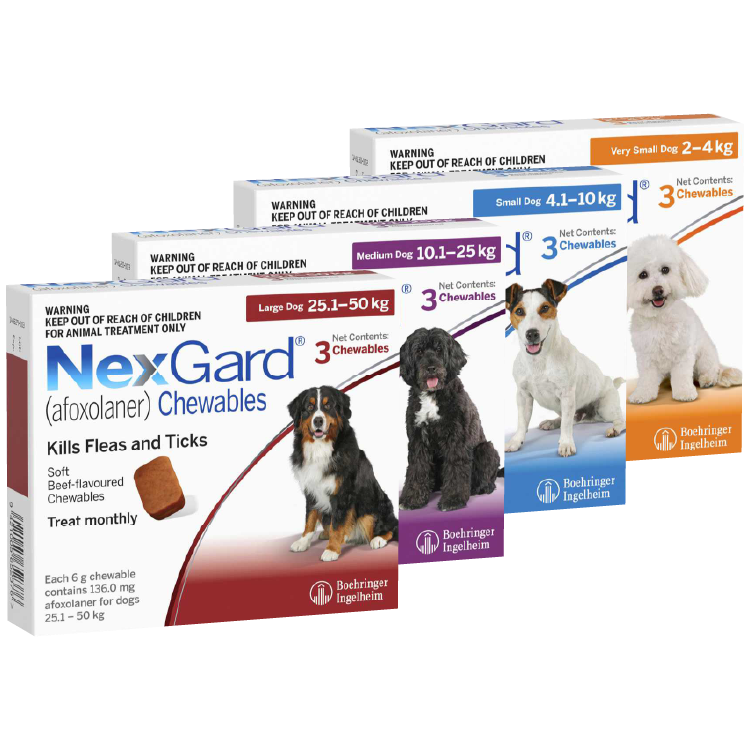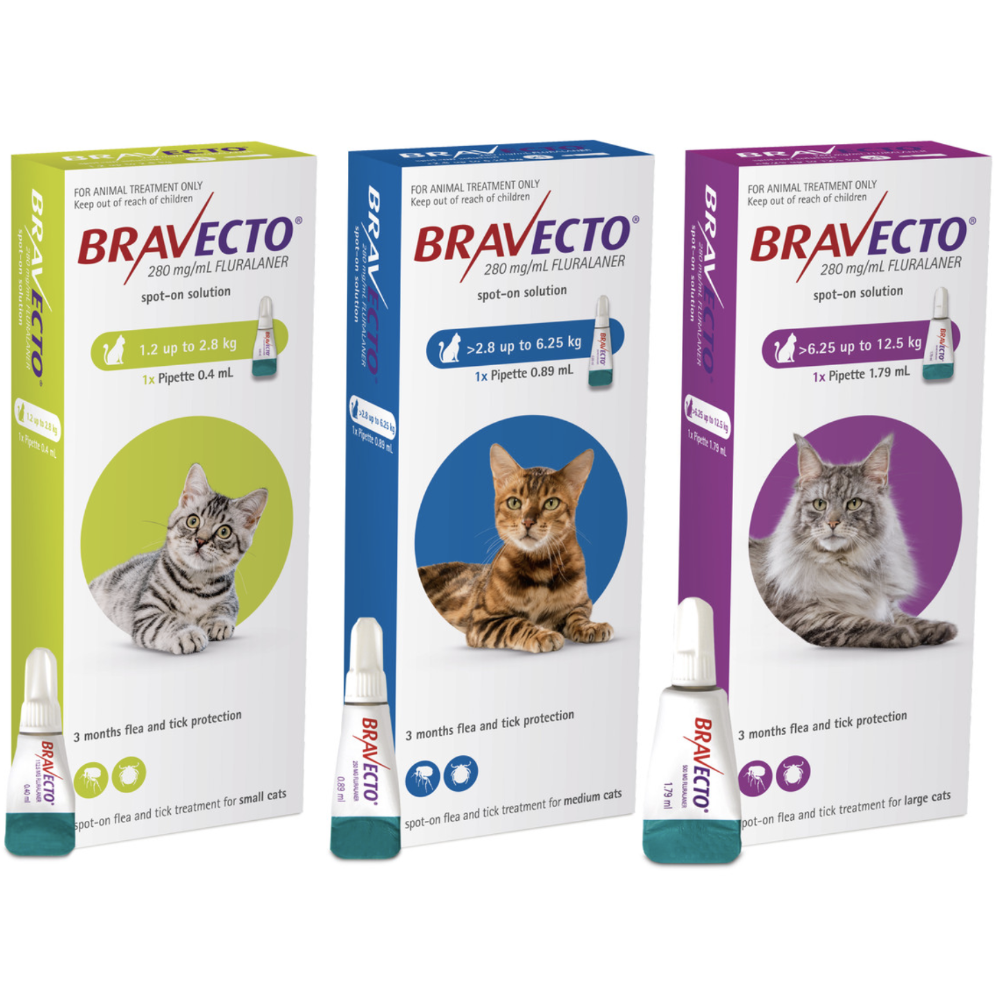NZ-Owned & Vet-Led | 100% Money-Back Guarantee | FREE Shipping
NZ-Owned & Vet-Led | 100% Money-Back Guarantee | FREE Shipping
Add description, images, menus and links to your mega menu
A column with no settings can be used as a spacer
Link to your collections, sales and even external links
Add up to five columns
Add description, images, menus and links to your mega menu
A column with no settings can be used as a spacer
Link to your collections, sales and even external links
Add up to five columns
Pet dental care at home | Easy brushing guide
August 21, 2025 2 min read

Why dental care matters
Healthy teeth and gums help pets eat comfortably, avoid bad breath, and reduce the risk of painful infections. Daily brushing is the gold standard. Even a few times a week can make a real difference.
What you need
-
A pet toothpaste (never human toothpaste)
-
A soft pet toothbrush or finger brush sized for your pet
-
A quiet spot, gentle handling, and a small reward after
Step‑by‑step
Start slow. The goal is calm, short sessions that end on a win.
-
Introduce the taste. Offer a dab of pet toothpaste for your dog or cat to lick.
-
Lift the lip. Use one hand to lift the lip, the other to touch the outer teeth with the brush.
-
Small circles. Brush the outside surfaces of the upper teeth first. Short strokes are fine.
-
Build time gradually. Add more teeth over days and weeks until you reach 1–2 minutes.
-
Finish positive. Praise, pat, and a small treat if appropriate.
If your pet resists
Keep sessions under 30–60 seconds and stop before your pet struggles. Try a different brush shape, softer bristles, or switch the time of day. For cats, a cotton bud can be a gentle starter.
When to see your vet
Book a dental check if you notice bad breath, drooling, pawing at the mouth, bleeding gums, visible tartar, loose or broken teeth, or changes in eating.
Safety basics
-
Never use human toothpaste (it is not safe for pets).
-
Do not force the mouth open or brush the tongue.
-
If the gums bleed or your pet is in pain, stop and call your vet.
FAQ
How often should I brush? Daily is ideal. Even 3–4 times per week helps.
Do dental chews replace brushing? Chews can help but do not replace brushing and vet dental care.
What age can I start? Start as soon as your puppy or kitten settles at home, using a very soft brush and gentle approach.
Does my pet still need a professional clean? Many pets do, especially as they age. Your vet will advise timing.
Need help with a home brushing plan? Contact us for one‑to‑one advice
Feargus McConnell
Also in Dr. Feargus’ Australian Pet Health Blog
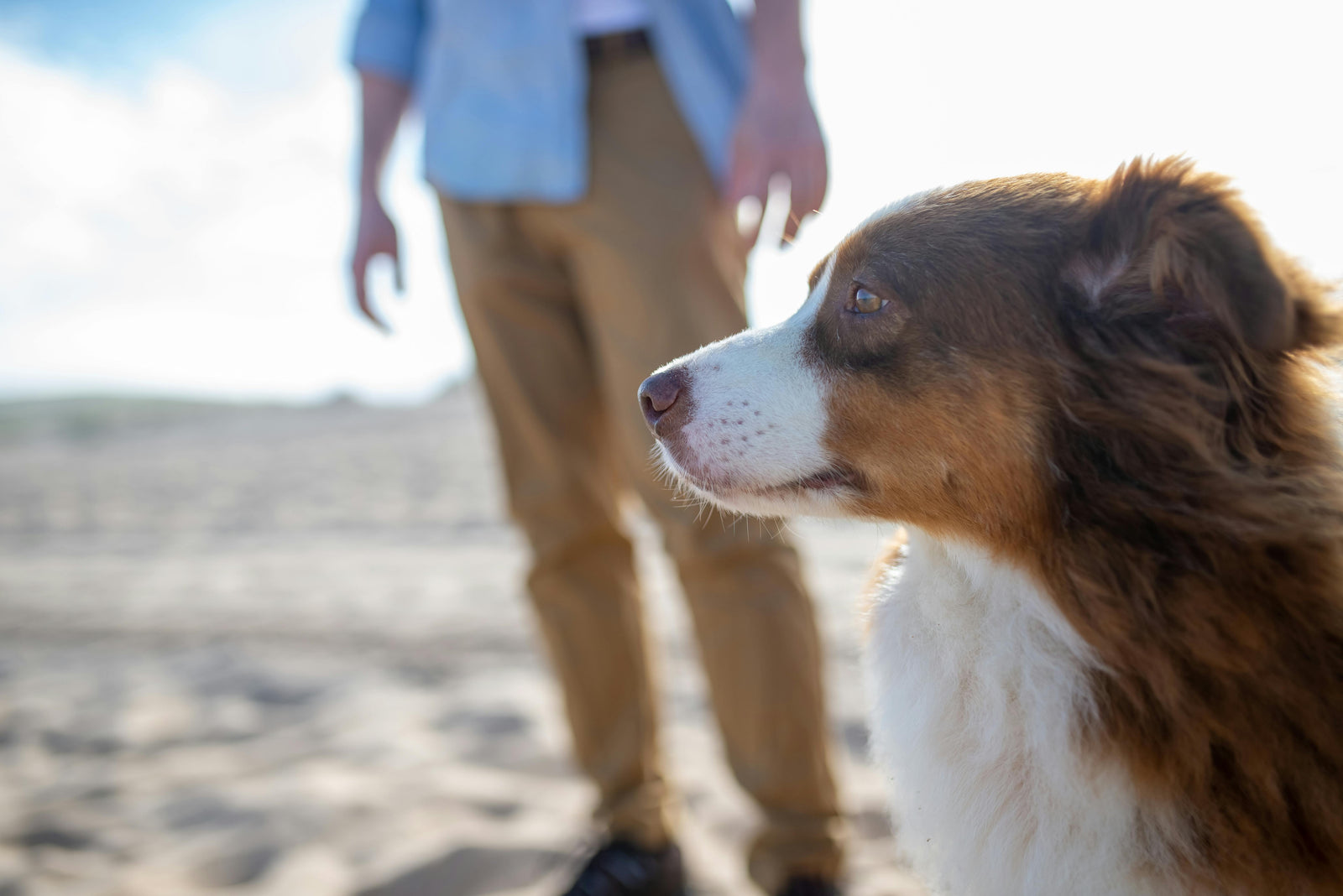
How often should you treat your dog for fleas in Australia?
August 21, 2025 2 min read
A simple schedule for flea prevention in Australian dogs. What to use, how long to treat, and how to stay on time—even if you already have fleas at home.

Travelling tradies with dogs: parasite guide
August 19, 2025 2 min read
A road-ready parasite plan for tradies and their dogs. Ute and site hygiene, packing list, dose timing, and trusted product picks.

Pre-travel parasite pack list for Australian pet owners
August 19, 2025 2 min read
What to pack and when to dose before trips with dogs and cats in Australia. Simple timing, car and motel hygiene, tick checks, and trusted products.

Join the pack!
Get 10% off your first order


